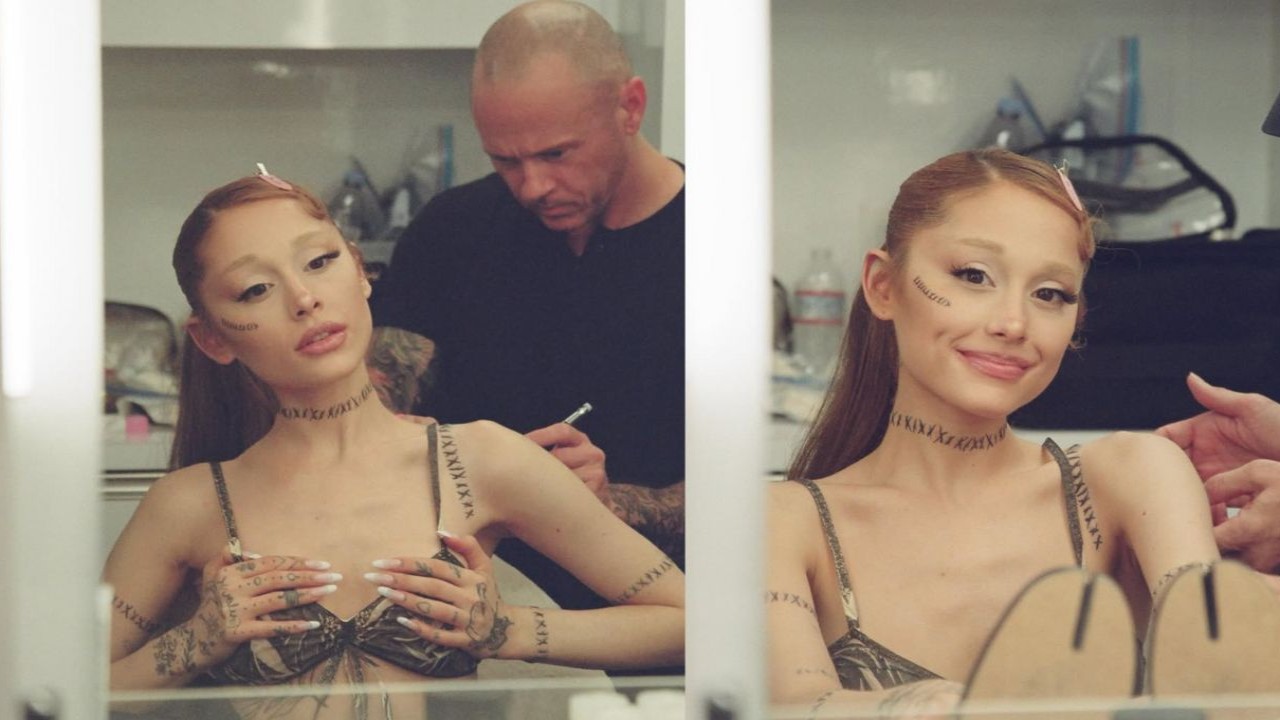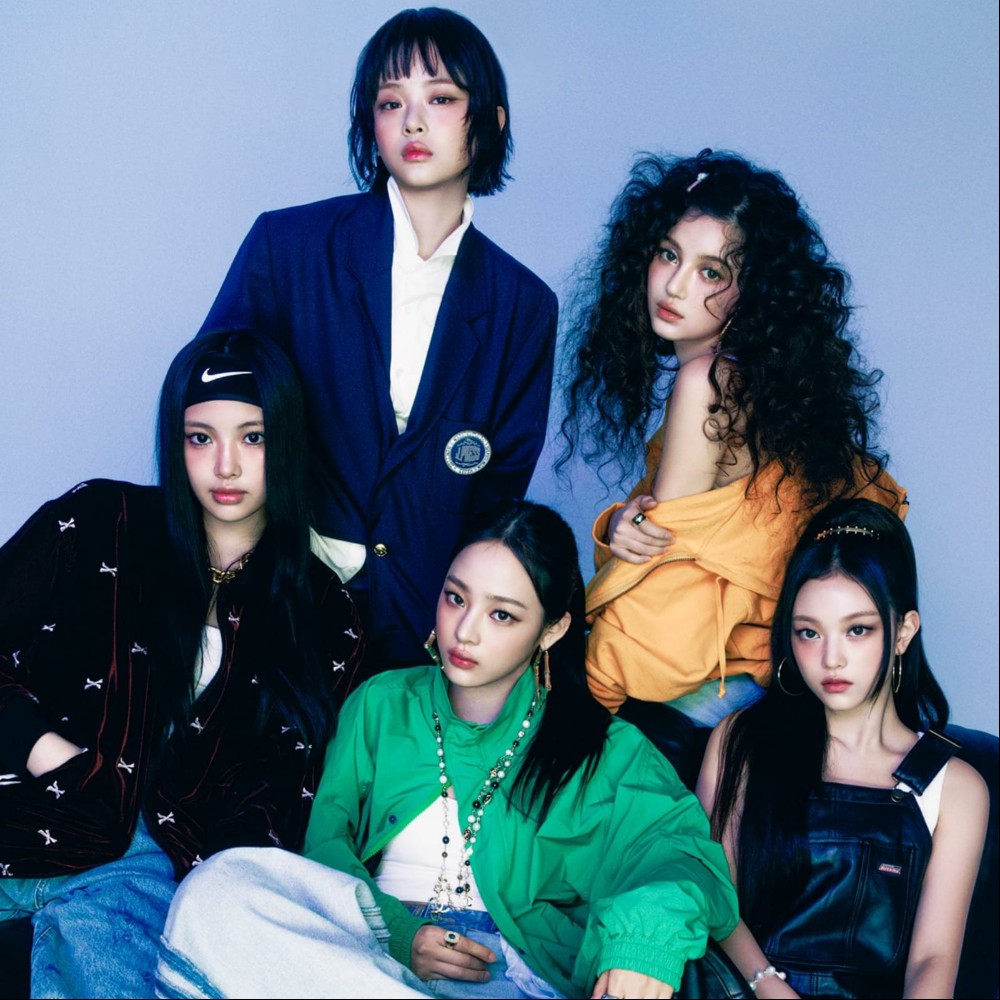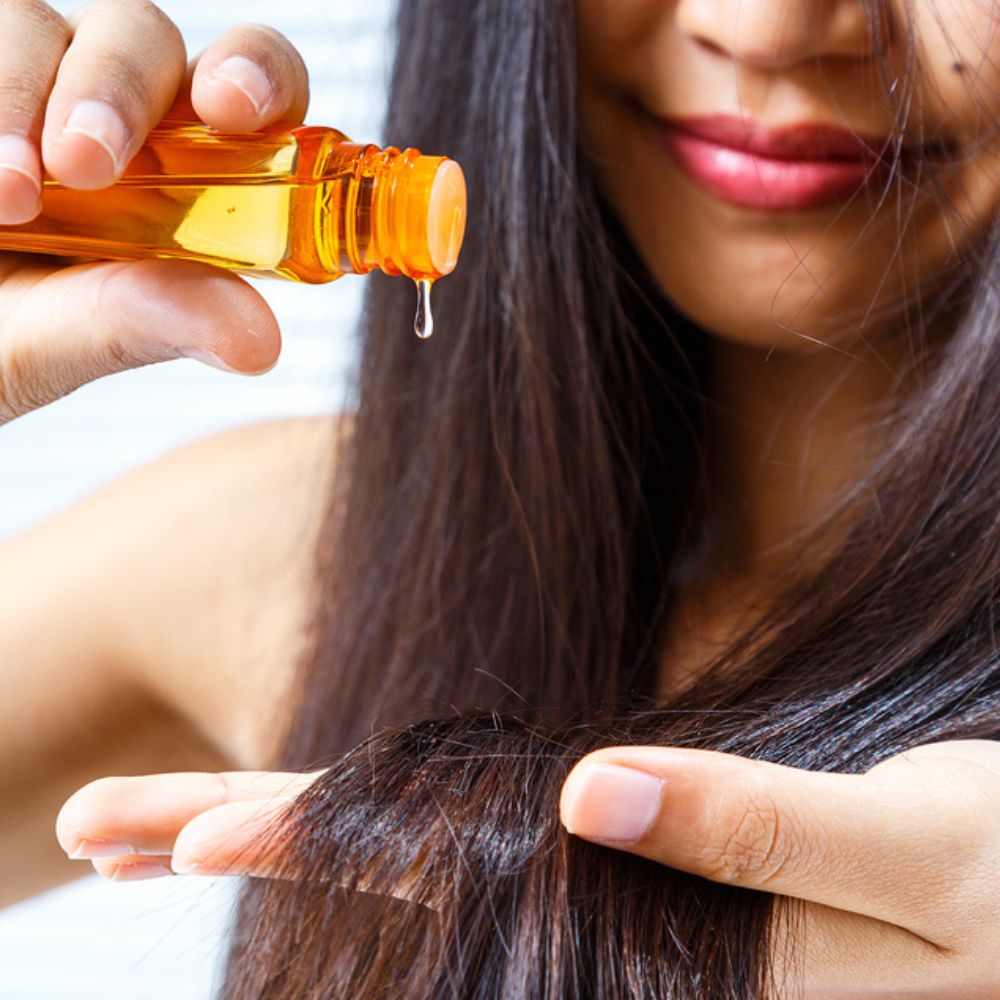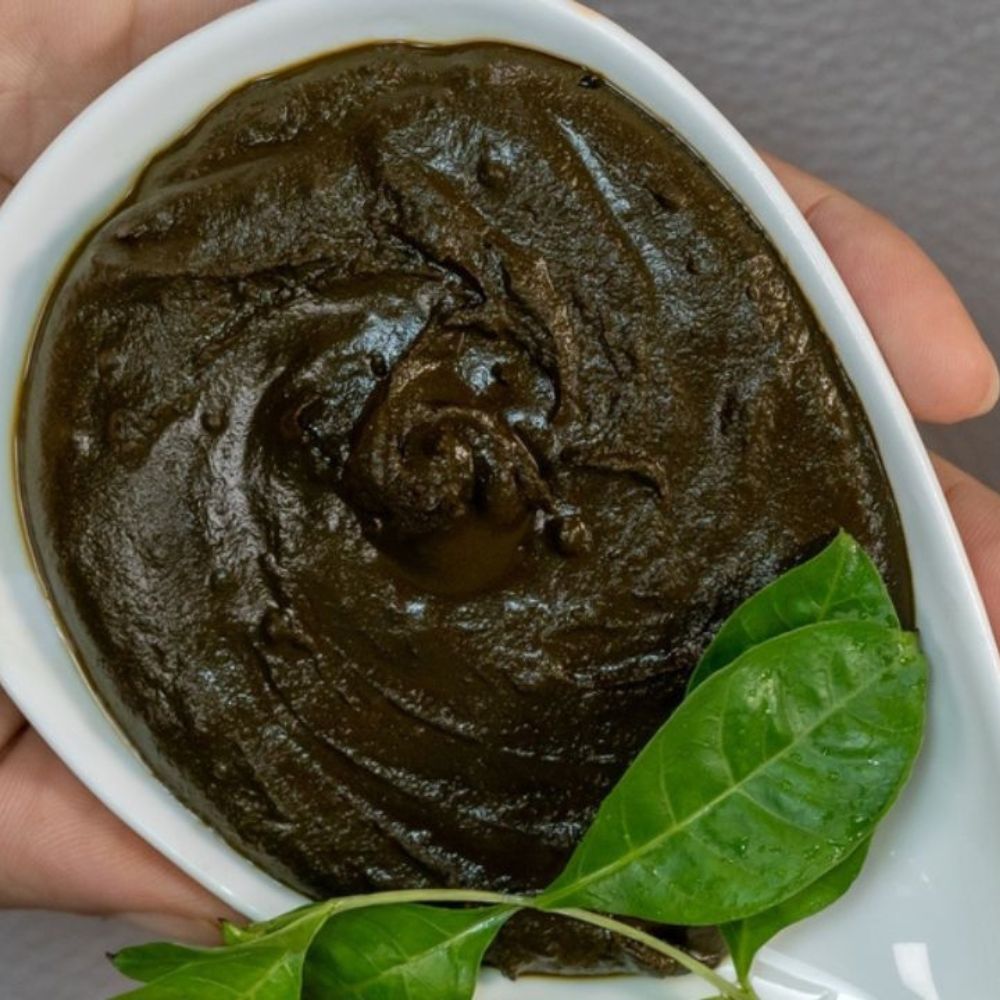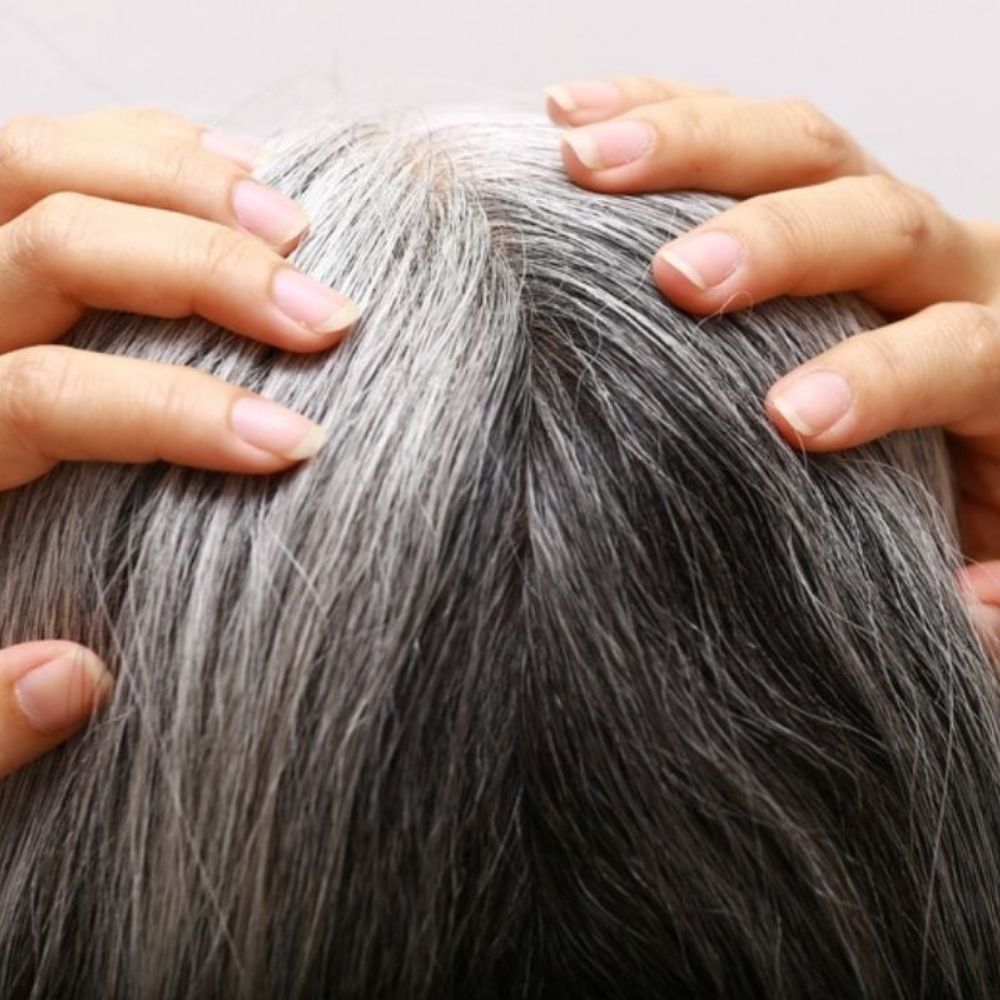The Itch that Won't Quit: Allergic Reaction to Hair Dye
Is your hair color making you itchy? Allergic reaction to hair dye is real and may need your immediate attention.
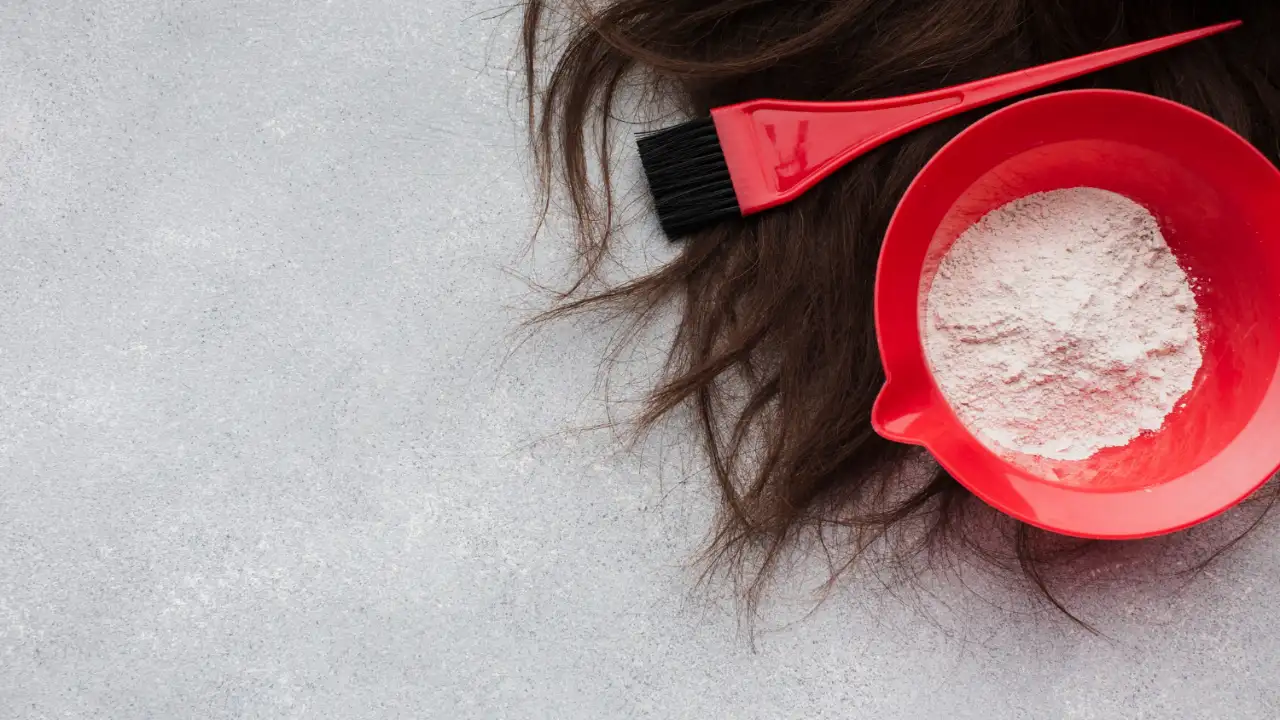
Life is too short to have boring hair. At the same time do you need the surprise of a hair color allergy to make it exciting? While it's fun to experiment with hair colors, the risks of an allergic reaction to your hair dye always remain.
Allergic reaction to hair dye is fairly common and leaves you with an itchy, red, and swollen scalp. The body's immune system recognizes the dye as a potential irritant and initiates an allergic reaction. Although hair dye-induced allergies can affect anyone, they are more common in people who have sensitive skin. Typically, a hair color allergy has a slow onset, so you have enough time to recognize the early symptoms. This will help you take precautions against allergies in the future. Quick and simple hair dye allergy treatment at home can be used in the case of simple allergic reactions. At times, these reactions can be severe and lead to serious complications that require hospital care (1).
Read on to learn more on the symptoms and remedies of hair dye allergies.
Causes of Hair Dye Allergy

The widespread use of hair dye in modern culture has made hair care products a significant source of chemical exposure. Certain ingredients in the dye can act as a potential allergen for sensitive skin. The most frequent contact allergen found in hair care products is p-phenylenediamine (PPD), which is also the main component of the patch test used to diagnose hair color contact allergy (HDCA) (2). A 6% dose of PPD is permitted in hair dye and is also found in temporary tattoos (3). However, PPD is infamous as a potent contact allergen for some.
Apart from PPD, toluene-2,5-diamine (PTD), resorcinol, m-aminophenol, and p-aminophenol are also present in certain hair care products and are known to be potent allergens (4)
Symptoms of Hair Dye Allergy
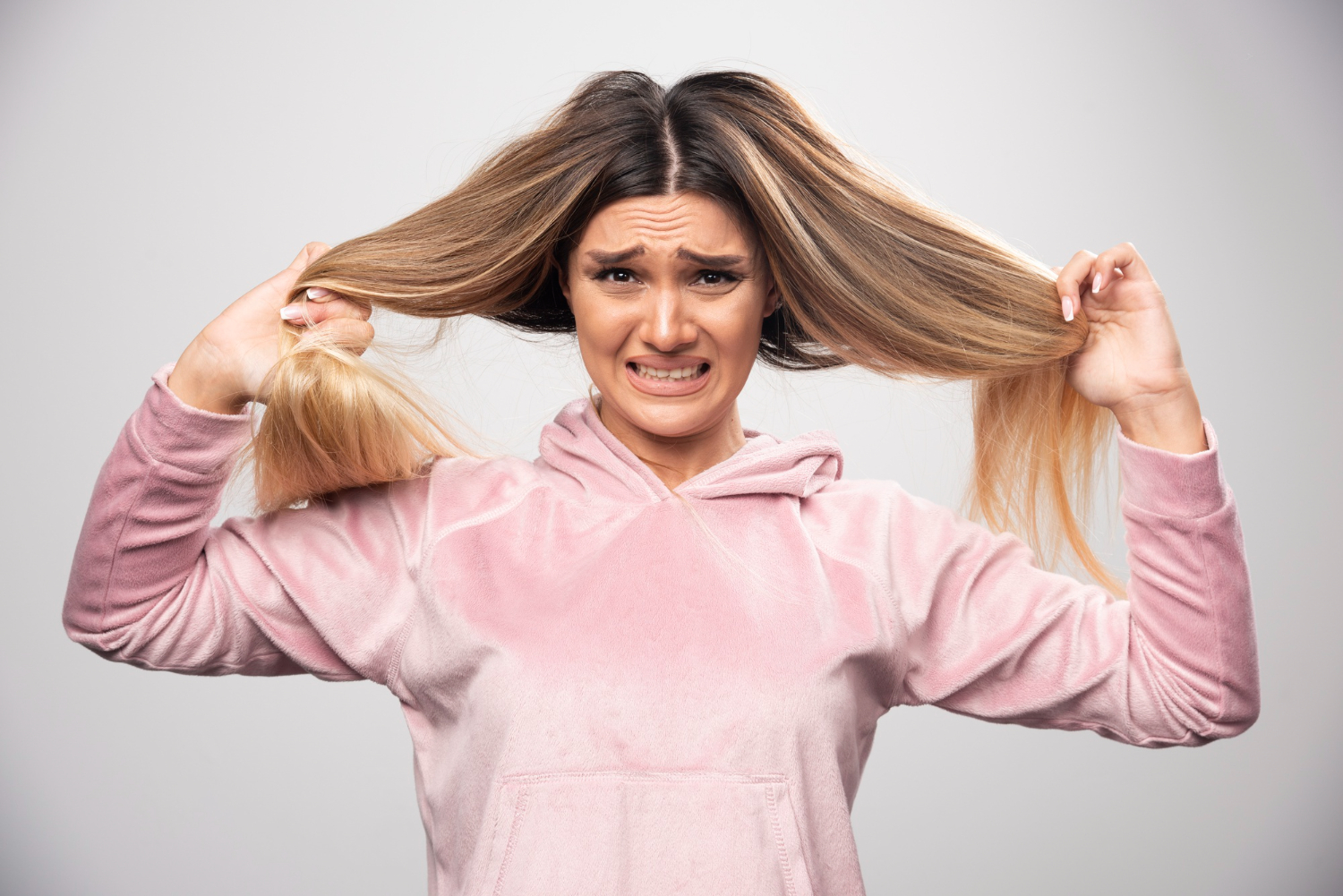
The first exposure to the allergen causes sensitization of the scalp. Primary sensitivity usually presents with mild tingling, burning, redness, and itching. These are the warning signs of an upcoming allergic reaction to hair dye.
An episode of sensitization may subside with time and recur the next time you use hair color. Sometimes, it takes up to 48 hours for the primary sensitivity to snowball into a full-blown allergic reaction (5). This reaction causes severe inflammation of the skin, also known as contact dermatitis (5).
Here is a piece of advice by our contributor Nate Masterson, Hair Expert at Maple Holistics for people suffering from severe allergic reactions caused after the application of hair dyes. He says, “Application of the dye should be stopped right away if you experience any allergic reaction symptoms, such as itching, redness, swelling, or the formation of rashes. To get rid of the dye, rinse the impacted area with lukewarm water. Applying a cool compress to the afflicted area could help calm the skin if there is redness or swelling. To prevent direct contact with the skin, use a fresh cloth or an ice pack covered in a thin towel.”
How does a hair color allergy appear (5)?
- A stinging sensation on the scalp, the neck, the face, and around the ears is felt.
- Intense burning and itching follow the stinging sensation.
- Red rashes occur in the head and neck region that spread all over the body.
- If you are a hairdresser, then the rashes will begin in your palms and spread to the upper arms and chest.
- Soon after blisters accompany these rashes.
- Swelling of the face, the eyelids, and the lips happen eventually..

In severe cases, the hair color allergy may spread inside the body. Such cases of allergic reactions to hair dye require immediate hospitalization.
Signs that show that the allergy needs medical care (5):
- Swollen airways
- Difficulty in breathing
- Discharge from the blisters
- Nausea
- Vomiting
- Diarrhea
Home Remedies for Hair Dye Allergies
If the allergic reaction to hair dye is detected early, you must act fast to prevent the symptoms from worsening. Hair dye allergy treatment at home can be considered in such scenarios. For severe cases of allergy, it is mandatory to get medical care.
First Response to An Allergic Reaction to Hair Dye:(5):
- Rinse off the hair color immediately from the hair, scalp, and hands (for a hairdresser) using mild shampoo or soap. Rinse thoroughly with warm water till all the hair color is washed out.
- Use a shampoo containing mild corticosteroids for the next few washes to curb allergic symptoms. Topical corticosteroids for local application or a short course of oral corticosteroids are necessary to reduce inflammation due to allergies.
- Oral antihistamines may also be considered to reduce itching.
- Applying a cold compress can help soothe the skin and reduce inflammation caused by a hair dye allergy. You can make a cold compress by wrapping ice cubes in a towel or using a reusable gel pack.
Applying hydrogen peroxide or potassium permanganate solutions to a p-phenylenediamine (PPD) allergy may be beneficial in theory, but in practice, patients do not tolerate this (5). These agents completely oxidize the PPD, leaving no traces behind. But the procedure may induce a severe burning sensation.
Natural Remedies That May Eventually Soothe An Allergic Reaction to Hair Dye:
Once you have successfully removed the allergen, it's time to soothe the skin and help it heal faster. The severity of the symptoms can be decreased by using specific home remedies. Some of these are:
- Aloe vera:
Aloe vera is soothing in nature. The benefits of aloe vera to calm skin inflammations are popular. This can help lessen itching and redness caused by reactions to hair color. Take the gel from a freshly cut aloe vera leaf. Gently apply the gel to the red rashes and leave it on for 30 minutes. Rinse off with cool water (6).
- Chamomile Tea:
Chamomile tea has natural anti-inflammatory properties that can help reduce swelling and redness. Flavonoids and essential oils from chamomile permeate deeper layers of the skin. This is crucial to its anti-inflammatory properties. Brew a cup of chamomile tea, let it cool, then apply it to the affected area with a cotton ball (7). Wash off the area after 30 minutes.
- Coconut Oil:
The natural moisturizing properties of coconut oil can help calm dry and irritated skin. Apply organic cold-pressed coconut oil to the scalp, let it sit for a few hours, and then rinse it off with a mild shampoo. Do not shampoo more than twice a week to avoid excessive scalp dryness (8).
- Calendula:
Calendula is a natural anti-inflammatory agent and can help reduce redness and swelling. Apply a calendula-based cream or ointment to the affected area. Calendula essential oil can also be applied to rashes and skin flakes (9).
- Jojoba Oil:
The oil from the jojoba plant contains biological wax and is a highly potent anti-inflammatory agent. It promotes wound healing, moisturizes the skin, and enhances the absorption capacity of the skin. Always mix jojoba oil with a carrier oil to prevent any initial irritation to the sensitive scalp (10).
- Tea Tree Oil:
Tea tree oil is very potent and may aggravate skin irritation if used without a carrier oil. It has natural anti-inflammatory and antiseptic properties that can help reduce the symptoms of a hair dye allergy. Mix a few drops of tea tree oil with a carrier oil like coconut or olive oil, and then apply the mixture to the affected area (11). Rinse it off the next morning.
- Olive Oil:
Olive oil is a powerhouse of antioxidants. Studies suggest that these antioxidants prevent free radical damage more efficiently than vitamin E. It not only promotes skin damage but also aids in skin healing. It nourishes the scalp, strengthens the hair roots, and moisturizes the skin. You can warm the oil and apply it gently to the scalp for the best results (12). Keep it overnight and rinse it off the next morning.
Having said this, the best way to avoid an unwanted allergic reaction to hair dye is by doing a quick patch test before starting.
Patch Test
Patch testing is the gold standard to confirm a contact allergy to hair dyes (5). Patch testing involves applying a little bit of hair dye to any area on the back of your body for 48 hours. You have to keep checking for any signs of allergy in the next 2 to 4 days.
Apart from a patch test, always read the ingredient list of a hair dye before purchasing it. Avoid PPD-containing hair dyes if you have sensitive skin.
Conclusion
Hair dye manufacturers must keep PPD concentrations to a bare minimum. If you plan to color your hair, PPD-free hair colors are the best choice. To avoid direct hand contact with the color, hair stylists should be instructed to use gloves. Be watchful of the early signs of an allergic reaction to hair dye, and treat them using easy home remedies to prevent further complications
Contributor: Nate Masterson, Hair Expert - Maple Holistics
Sources :
1. McFadden JP, White IR, Frosch PJ, Sosted H, Johansen JD, Menne T. Allergy to hair dye. BMJ. 2007 Feb 3;334(7587):220.
https://www.ncbi.nlm.nih.gov/pmc/articles/PMC1790769/
2. Han JH, Lee HJ, Bang CH, Lee JH, Park YM, Lee JY. P-phenylenediamine hair dye allergy and its clinical characteristics. Annals of dermatology. 2018 Jun;30(3):316-21.
https://synapse.koreamed.org/upload/synapsedata/pdfdata/0140ad/ad-30-316.pdf
3. Hink E, de Winter JP. Hair-dye allergy: a coloured case. European journal of pediatrics. 2006 Mar;165:195-6.
4. Søsted H, Rustemeyer T, Gonçalo M, Bruze M, Goossens A, Giménez?Arnau AM, Le Coz CJ, White IR, Diepgen TL, Andersen KE, Agner T. Contact allergy to common ingredients in hair dyes. Contact Dermatitis. 2013 Jul;69(1):32-9.
5. Mukkanna KS, Stone NM, Ingram JR. Para-phenylenediamine allergy: current perspectives on diagnosis and management. J Asthma Allergy. 2017 Jan 18;10:9-15.
https://pubmed.ncbi.nlm.nih.gov/28176912/
6. Samarh SN, Khalaf NA, Hajhamad MM. Evidence based medical use of aloe vera extracts, short review of literature. International Journal of Research in Medical Sciences. 2017.
7. Srivastava, J.K., Shankar, E., & Gupta, S. (2010). Chamomile: A herbal medicine of the past with a bright future (Review). Molecular Medicine Reports, 3, 895-901. https://doi.org/10.3892/mmr.2010.377
https://www.spandidos-publications.com/mmr/3/6/895
8. Intahphuak S, Khonsung P, Panthong A. Anti-inflammatory, analgesic, and antipyretic activities of virgin coconut oil. Pharm Biol. 2010 Feb;48(2):151-7.
https://pubmed.ncbi.nlm.nih.gov/20645831/
9. Panahi Y, Sharif MR, Sharif A, Beiraghdar F, Zahiri Z, Amirchoopani G, Marzony ET, Sahebkar A. A randomized comparative trial on the therapeutic efficacy of topical aloe vera and Calendula officinalis on diaper dermatitis in children. ScientificWorldJournal.
https://www.ncbi.nlm.nih.gov/pmc/articles/PMC3346674/
10. Pazyar N, Yaghoobi R, Ghassemi MR, Kazerouni A, Rafeie E, Jamshydian N. Jojoba in dermatology: a succinct review. G Ital Dermatol Venereol.
https://pubmed.ncbi.nlm.nih.gov/24442052/
11. Wallengren J. Tea tree oil attenuates experimental contact dermatitis. Arch Dermatol Res. 2011 Jul;303(5):333-8. doi: 10.1007/s00403-010-1083-y.
https://pubmed.ncbi.nlm.nih.gov/20865268/
12. Lin TK, Zhong L, Santiago JL. Anti-Inflammatory and Skin Barrier Repair Effects of Topical Application of Some Plant Oils. Int J Mol Sci. 2017
https://www.ncbi.nlm.nih.gov/pmc/articles/PMC5796020/





 JOIN OUR WHATSAPP CHANNEL
JOIN OUR WHATSAPP CHANNEL


